Weekly Tech Recap - № 269 - Surface Laptop Go, x64 emulation on ARM, Hold for Me, IonQ and Big Code
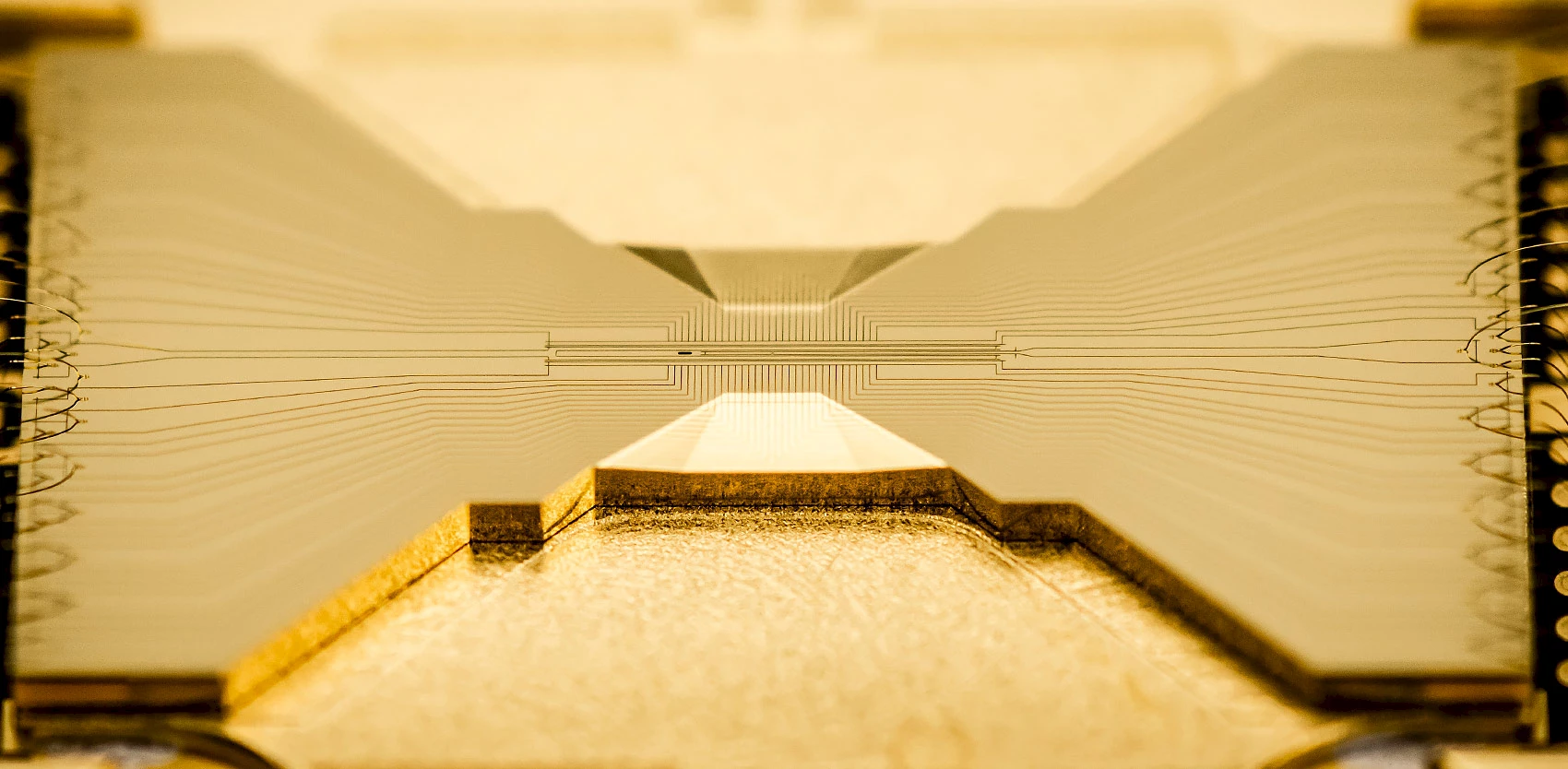
Surface Laptop Go
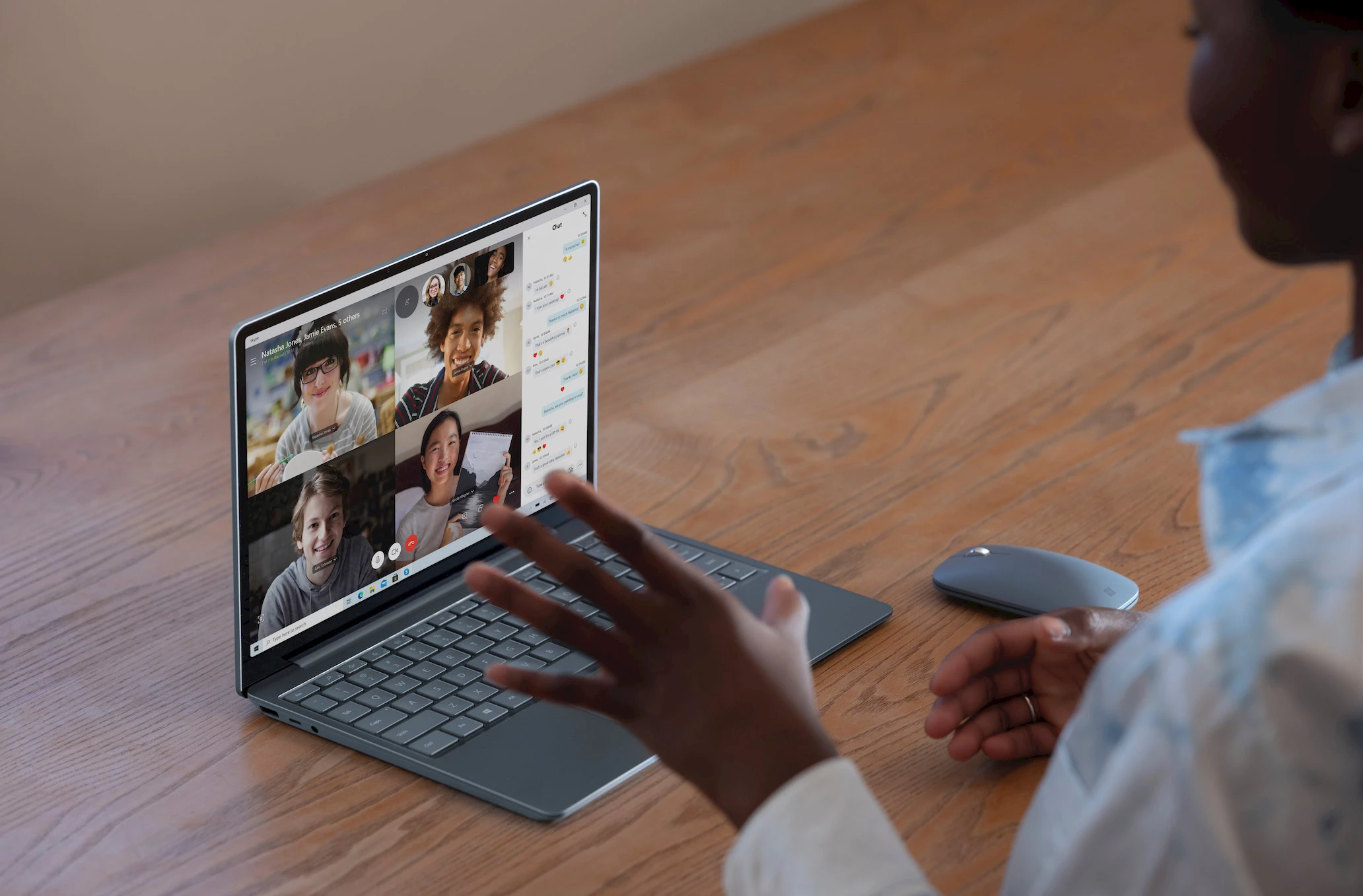
Surface Laptop Go. © Microsoft.
Microsoft has just announced its newest addition to the growing Surface family, the Laptop Go, a very attractively-priced Windows 10 Home laptop clearly positioned to compete against the Chromebooks. Priced at USD550 (CAD760), the sleek Surface Laptop Go comes with a very decent i5-1035G1 10th-Gen Intel processor, 4GB of RAM, 64GB eMMC storage and a 12.45-inch touchscreen (1,536 x 1,024 pixels, 148 ppi). It also promises up to 13 hours of use, with fast charging that can juice up the laptop from zero to 80 percent in little over an hour. It has a front-facing 720p webcam, but it doesn’t support facial recognition by Windows Hello. It’s extremely light, just 1.1kg (compared to MacBook Air’s 1.3kg, for example), making it the ideal student laptop. At the top of the range (CAD1,230), you get 8GB of RAM, 256GB of storage and a fingerprint sensor/power button combo for One Touch sign-in. It comes in three colours: Ice Blue, Sandstone, Platinum. Available as of October 13.
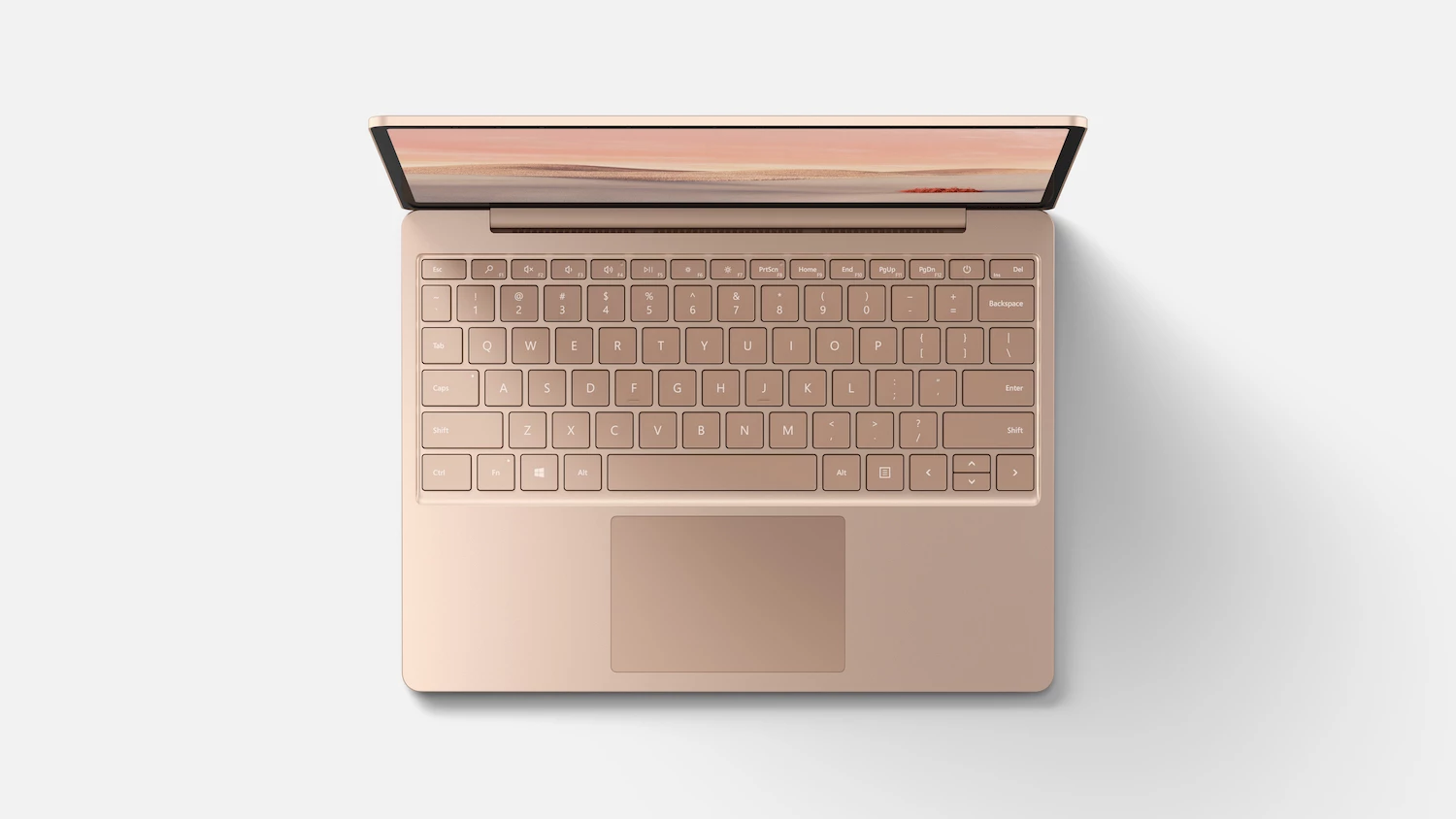
⇨ YouTube, “Introducing the new Surface Laptop Go.”
⇨ Ars Technica, Corey Gaskin, “Microsoft just introduced the new $549 Surface Laptop Go.”
x64 emulation for Windows on ARM
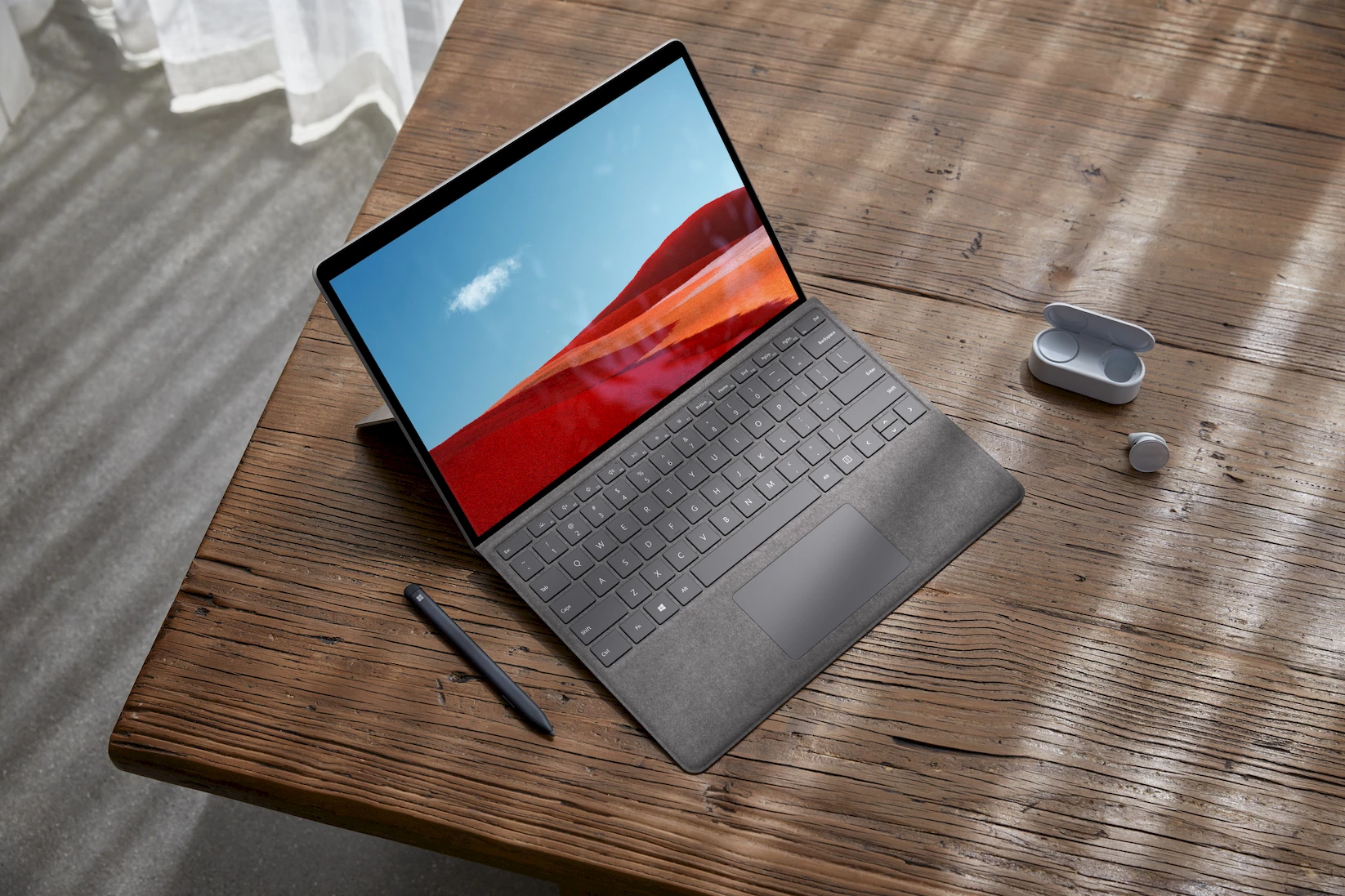
Surface Pro X. © Microsoft.
Microsoft is officially revealing it’s working on x64 app emulation support for Windows on ARM. Currently, Windows on ARM devices like the Surface Pro X can only run native 32- and 64-bit ARM apps, alongside 32-bit x86 emulation apps. The vast majority of desktop applications, including Adobe’s Creative Suite, have moved to 64-bit and many have stopped supporting their 32-bit variants. The new x64 emulation support will start rolling out to Windows Insider testers in November. It is not known when it will be widely distributed, but it will probably be in 2021, along with the Spring update (21H1). Microsoft also announced that a new version of Visual Studio Code for Windows 10 on ARM was coming, and that Edge would soon be improved to be faster on this platform.
⇨ The Verge, Tom Warren, “Windows on ARM is about to get lots of apps thanks to new x64 emulation.”
Hold for Me
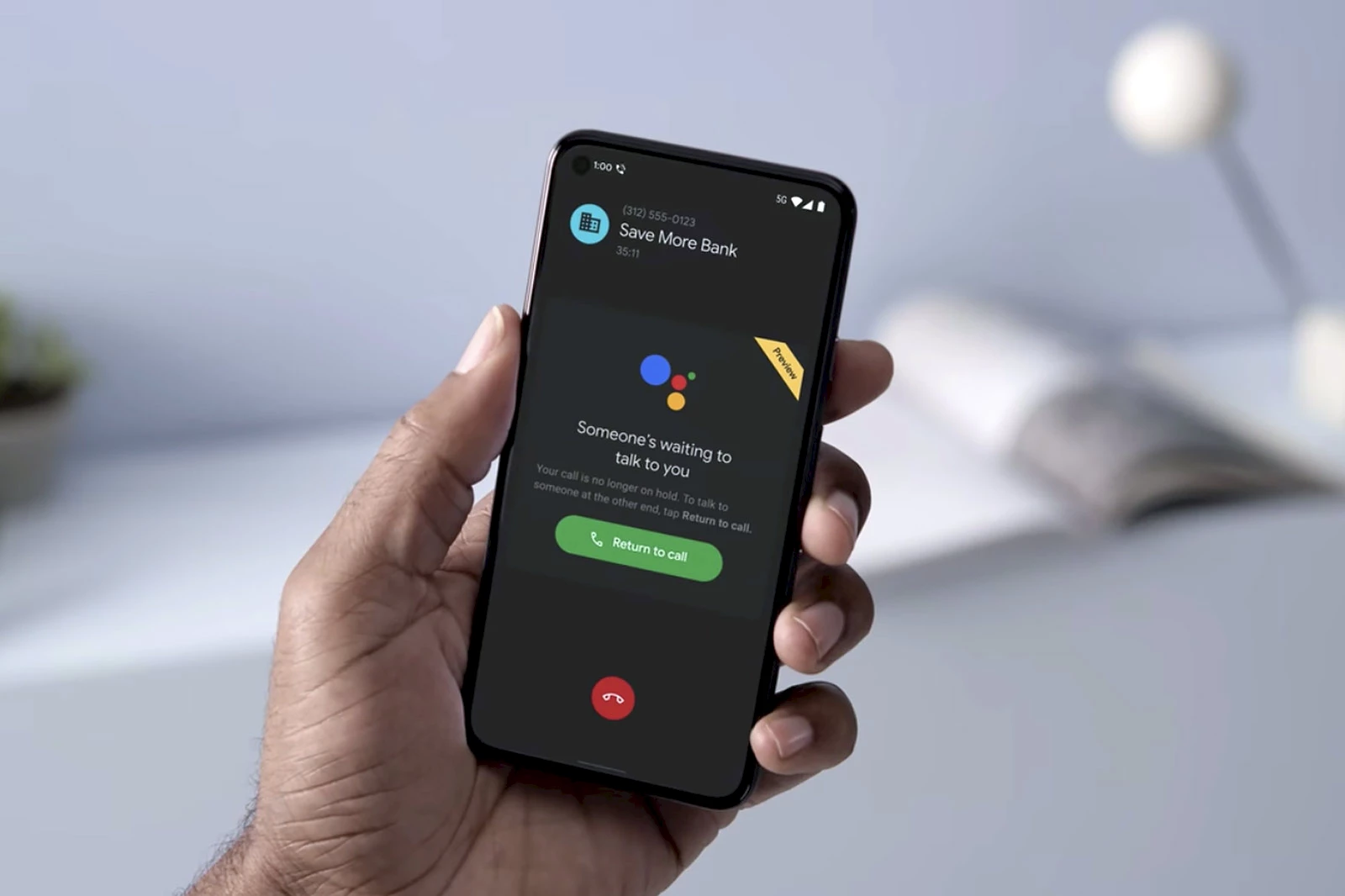
Hold for Me. © Google.
It’s bad enough to be put on hold for what seems like hours on end before you can speak to a banking adviser or a customer support rep. But it’s even worse when companies and governments force terrible music on you while you’re waiting... Google has tackled the problem and pulled out the big guns (artificial intelligence!) to save you from synthesizer versions of Vivaldi and other wretched elevator medleys. Available as a preview on Google’s new Pixel 4A and Pixel 5 devices, the Hold for Me Android feature lets Google take over your call while you’re busy being productive, without having to listen to the so-called music on speakerphone. When a human being finally deigns to take your call, you will be alerted with a sound, vibration, and a notification on the screen while the representative is asked to please hold, so you can take the call.

⇨ The Verge, Barbara Krasnoff, “Google’s new ‘Hold for Me’ feature saves you from elevator music.”
New ion-trap quantum computer
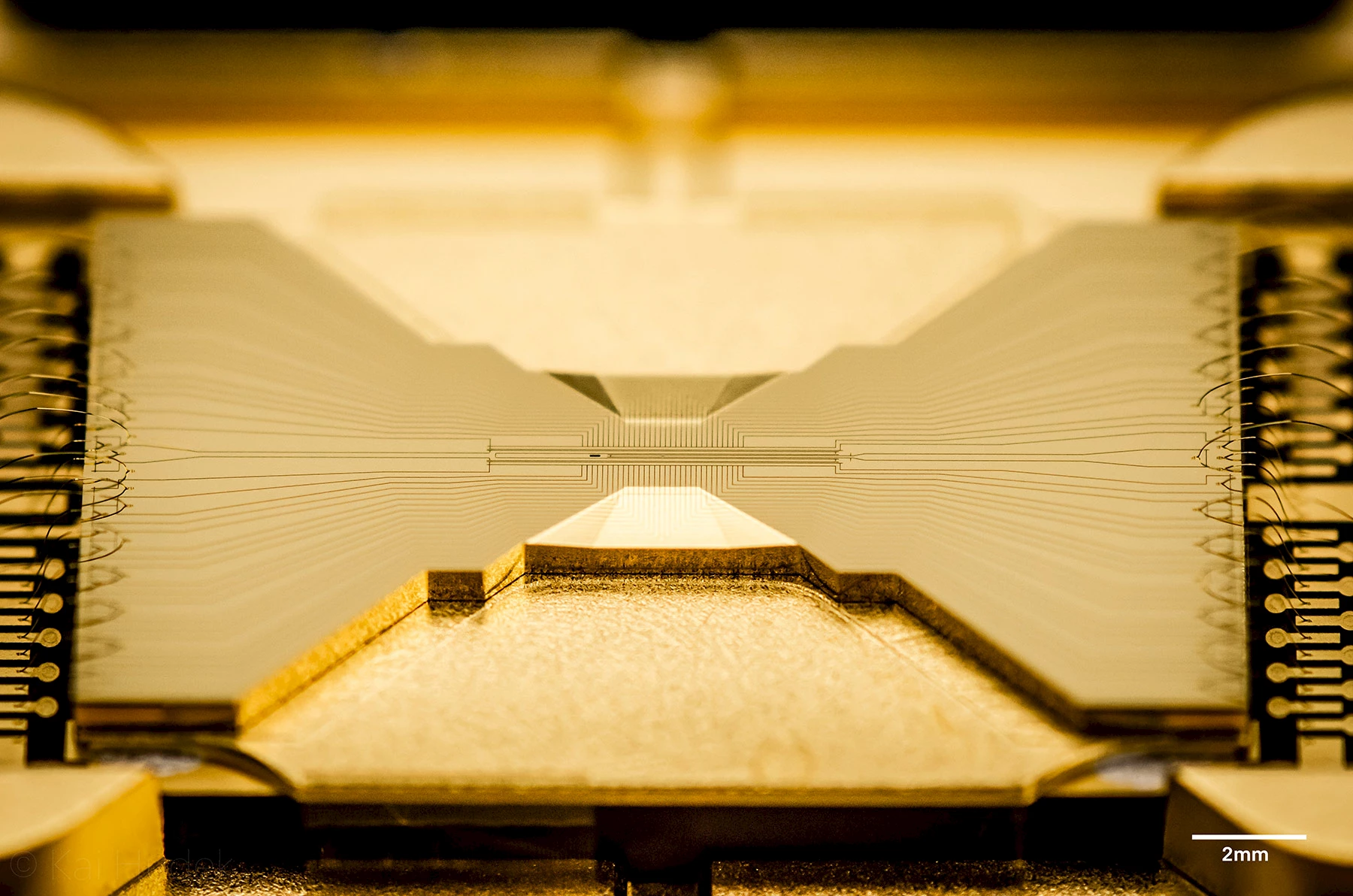
© IonQ.
On Thursday, the startup IonQ announced that the next generation of its ion-trap quantum computer was ready for use. The new machine marks a major jump for the company, going from 11 qubits up to 32. While this still trails the offerings of companies that are using superconducting qubits, the high fidelity of the trapped ions makes them far less prone to errors and far easier to link into complex configurations. Perhaps more significantly, IonQ's CEO told Ars Technica that it expects to be able to double the number of qubits every eight months for the next few years, meaning its hardware should consistently outperform classical supercomputers within two years.
⇨ Ars Technica, John Timmer , “Trapped-ion quantum computer sets new mark for quantum volume.”
Runaway code

© iStock.
Sourcegraph, a company specializing in universal code search, polled more than 500 North American software developers to identify issues in “Big Code” complexity and management. Its general findings are, among others, that the volume of code generated by your average organisation or developer has skyrocketed over the last ten years. More than half of the developers surveyed report a growth (as measured in mebibytes) of more than a hundredfold. Further, the complexity of languages, tools and processes used to deliver software is also growing. The full survey can be downloaded here in PDF format, but you’ll have to give your name and email address to do so.
⇨ Ars Technica, Jim Salter , “Sourcegraph: Devs are managing 100x more code now than they did in 2010.”
